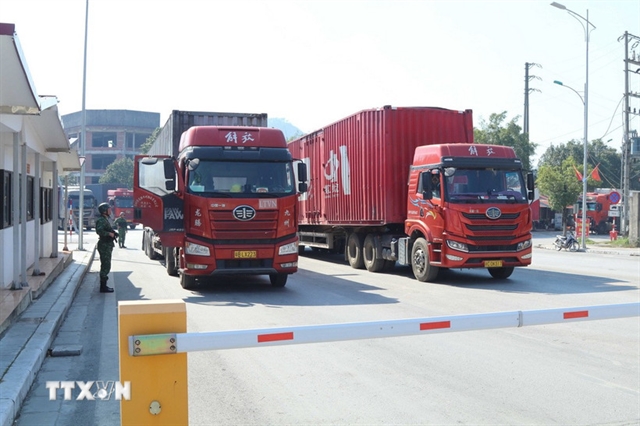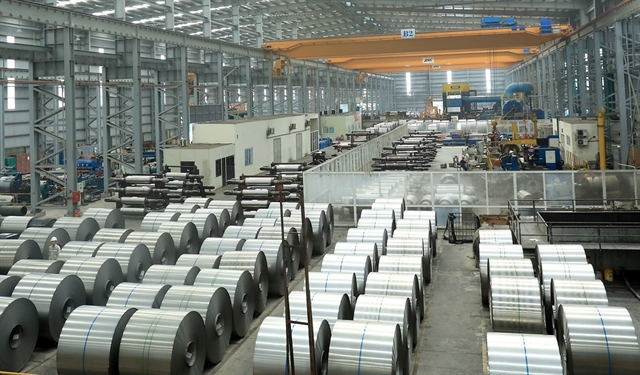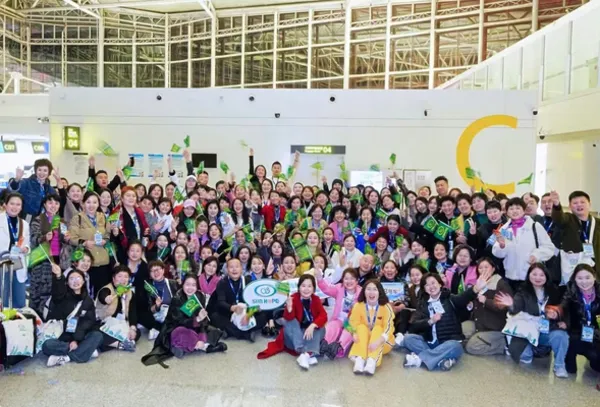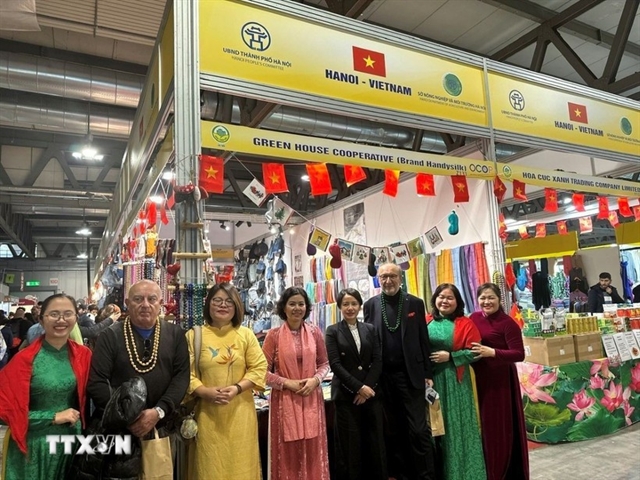 Economy
Economy

 |
| Hoà Phát's export steel products. This group has been diversifying its export market to reduce the impact from the US tariffs on business. — VNA/VNS Photo |
HÀ NỘI — Despite the US imposing a 25 per cent tariff on imported steel and aluminium, Việt Nam’s steel and aluminium exports continue to show resilience and hold promising potential for growth, according to Đỗ Ngọc Hưng, the Commercial Counsellor and Head of the Việt Nam Trade Office in the US.
He pointed out that US producers have yet to meet domestic steel demand fully, leaving room for Việt Nam's exported steel and aluminium products in the market. Meanwhile, Việt Nam's steel and aluminium products are recognised for their quality and affordability.
Many experts and businesses view the effect of these tariffs as minimal. According to the Việt Nam Steel Association (VSA), Việt Nam exported approximately 12.6 million tonnes of steel in 2024, generating US$9.1 billion in revenue. This marked a 13.47 per cent increase in volume and an 8.78 per cent rise in value compared to the previous year.
Notably, the US was the third-largest market for Vietnamese steel exports, accounting for 13 per cent of the market share, following ASEAN (26 per cent) and the European Union (23 per cent).
The tariff's impact on domestic steel manufacturers is considered by many experts to be negligible. For instance, the VSA highlighted that Hòa Phát Group, one of Việt Nam's major steel producers, derived only 30 per cent of its revenue from exports, with the US contributing just 5-10 per cent in volume and 2-3 per cent in revenue. As a result, the new tariffs are unlikely to have a major effect on its export activities.
However, the imposition of tariffs may pressure profit margins for Vietnamese exporters, requiring them to adjust strategies quickly to mitigate the impact.
Companies exporting galvanised steel to the US, such as Hoa Sen and Nam Kim, are expected to experience moderate impacts due to the tariffs. Industry expert Nguyễn Văn Sưa noted that the high tax rate of 25 per cent is primarily aimed at protecting the US domestic steel industry, but this blanket tax applies equally to all countries, so competition remains steady.
Experts like economic analyst Ngô Trí Long have emphasised that although the tax rate is substantial, the competitive environment for steel exports in the US market will not become significantly more challenging. Vietnamese products, known for their competitive pricing, still have the potential to thrive.
To remain competitive in this evolving landscape, Việt Nam steel and aluminium exporters may need to focus on reducing costs and enhancing efficiency, especially in terms of pricing.
Sưa further suggested that businesses must be proactive in responding to trade defence mechanisms and ensure that their products meet US regulations regarding product origin.
In light of the tariffs, the focus for Vietnamese steel producers is on diversifying markets and making full use of Free Trade Agreements (FTAs) with various countries.
Hưng encouraged domestic firms to adjust their business strategies, avoid over-reliance on the US market and focus on complying with US regulations.
The Việt Nam Trade Office recommends further collaboration with the Trade Remedies Authority and Vietnamese diplomatic representatives abroad to monitor developments and respond effectively.
The new tariffs are predicted to disrupt global supply chains, prompting countries facing export hurdles to redirect shipments to alternative markets, including Việt Nam.
Meanwhile, Hòa Phát Group has been diversifying its product offerings and targeting new markets, including Japan, Canada, Australia, Belgium, Singapore, China, South Korea, Spain and Portugal. This strategic shift will reduce the impact of US tariffs on its operations.
Sưa noted that while the tariffs present a challenge, Vietnamese manufacturers can take advantage of competitive pricing, high product quality and certificates of origin to capture more US market share. By focusing on production cost reduction, improving quality and strengthening the control of product origin, Vietnamese firms can maintain their competitiveness, particularly in light of competition from Chinese manufacturers.
In addition to market diversification, Vietnamese steel producers are investing in advanced technologies to reduce production costs and enhance the quality of their products. The Việt Nam Steel Corporation, for example, is adopting environmentally friendly technologies to minimise environmental impact and improve production efficiency, which will enhance its competitiveness in international markets.
According to US Customs data, Việt Nam’s steel and steel product exports to the US soared to around $983 million in 2024, up nearly 159 per cent year-on-year.
Key exports included galvanised steel (HS 7210.49), aluminium-zinc coated steel (HS 7210.61), plastic-coated steel (HS 7210.70), stainless steel (HS 7219.34) and alloy steel (HS 7209.16).
Similarly, Việt Nam’s aluminium and aluminium product exports to the US reached around $479 million in 2024, up 9.5 per cent from the previous year. Products included mostly kitchen cabinets, aluminium tables and interior décor (HS 7615.10), aluminium alloys (HS 7604.21) and aluminium bars and wires (HS 7604.29).
Việt Nam’s steel and aluminium exports to the US have been subject to tariffs of 25 per cent and 10 per cent, respectively, since 2018. — VNS




